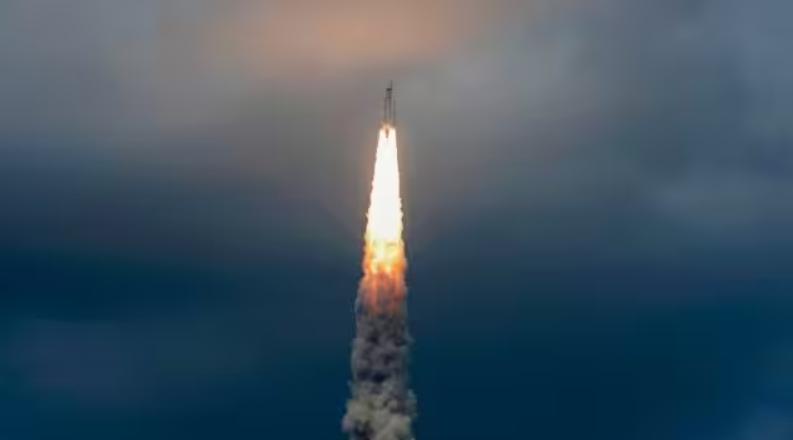Wednesday’s was the fourth and the final orbit-reducing manoeuvre performed by the spacecraft, which comprises a Propulsion Module and the lander component, which includes the rover.

On Wednesday, the Indian Space Research Organisation (ISRO) reported that Chandrayaan-3 made significant progress in its lunar mission. The spacecraft successfully maneuvered itself into a near-circular orbit around the Moon, with dimensions of 153×163 km. This achievement marked the culmination of the spacecraft’s fourth and final orbit-reducing maneuver. Chandrayaan-3 consists of a Propulsion Module and a lander component, which incorporates a rover.
The next crucial step is the imminent separation of the Lander Module from the Propulsion Module, scheduled for Thursday. Once this separation occurs, the Lander will embark on an independent journey towards the lunar surface. After activating and validating its onboard instruments, including three scientific payloads, the Lander will carry out two orbit-reduction maneuvers. Initially, it will transition into a circular orbit with dimensions of 100×100 km, and subsequently, it will get closer to the Moon in a 100×30 km orbit.
On August 23, from this 100×30 km orbit, the Lander is set to commence its final descent for a gentle touchdown on the lunar surface. This phase of descent is notably where Chandrayaan-2 encountered issues, leading to a crash landing just seconds before landing.
The ISRO issued a statement highlighting the preparations underway as both the Propulsion Module and the Lander Module ready themselves for their separate trajectories. Reflecting on lessons learned from Chandrayaan-2, ISRO has taken a proactive “failure-based approach” in the design of the Lander. S Somanath, the chairman of ISRO, emphasized that extensive measures have been taken to anticipate and prevent potential issues.
In contrast to Chandrayaan-2, where the Propulsion Module served as the Orbiter, carrying the lander and rover to lunar orbit, Chandrayaan-3 has omitted the need for an Orbiter component. The Propulsion Module’s primary task now is to facilitate the transportation of the Lander Module to lunar orbit. Once the Lander successfully separates, the Propulsion Module will continue to gather data for a few months, equipped with a singular instrument.